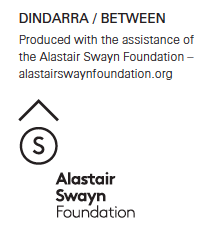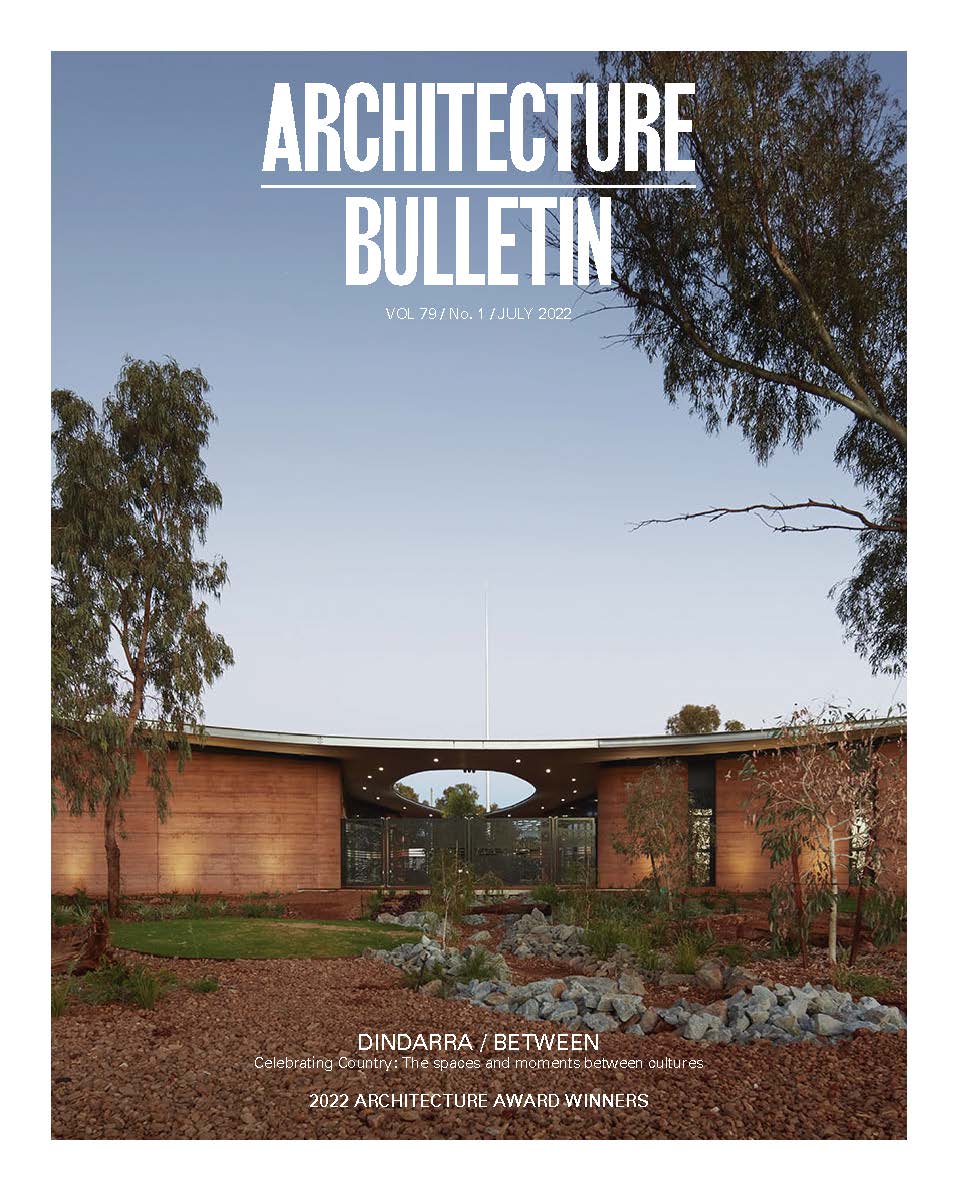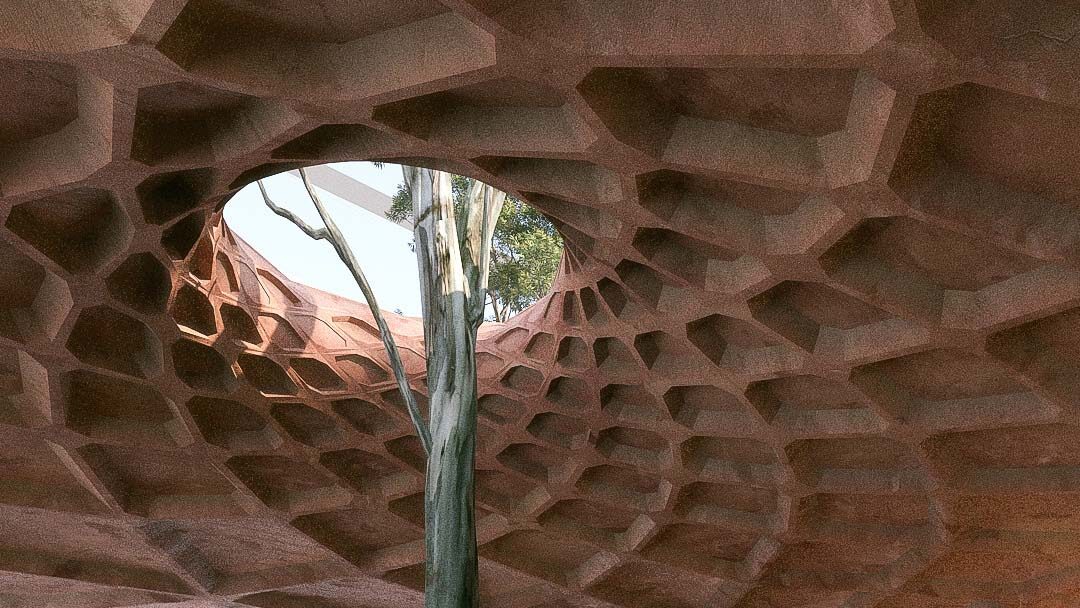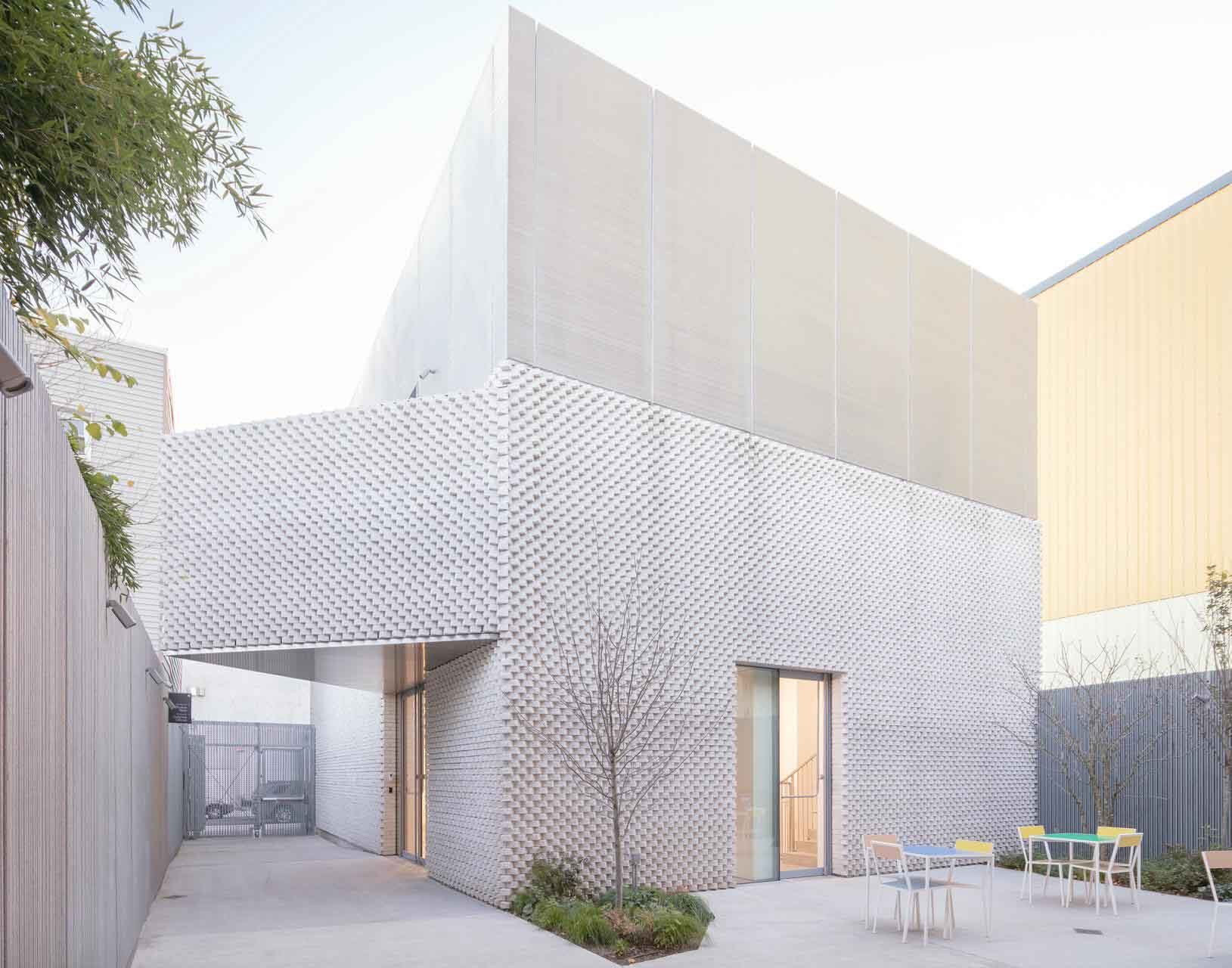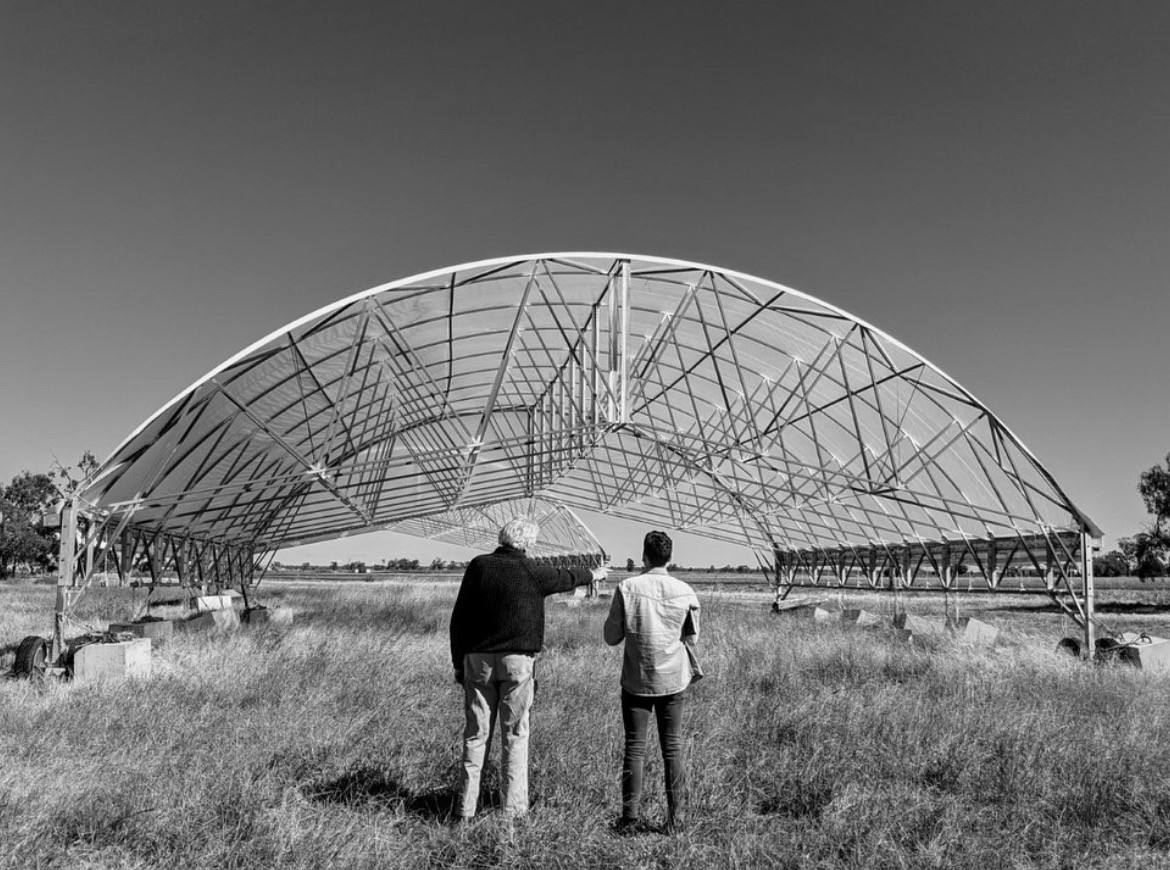
gathay nyiirun yanyi, gathay nyiirun ngarra, gathayga, nyiirun ngarra (Gathang: language of the Birrbay, Guringay and Warrimay)
Let us walk together, let us listen together, on Country, we remember.
Elders teach you to listen to the land, and Country sings back to you. Country is the greatest teacher. She presents evidence of latent histories through lessons of wind, water, earth and fire sculpting the landscape since the beginning of time. Guri (Aboriginal Peoples) are extensions of Country who have a cultural responsibility to pass on her wisdoms. This has been interpreted through story, dance, art and theatre since time immemorial reflecting 60,000+ years of observation and relationship with the lands.
It’s important to recognise the limited keepers of traditional knowledge, “to keep culture alive we have to give it away” as Yuin Elder Uncle Max Dulumunmun Harrison would say. Often culture is shared with, and respectfully by wayibala (white fellow), who can play a fundamental role to inspire emerging First Nations leaders and allies. We require more pivotal figures in all professions to share these wisdoms as culture can be made present and rediscovered in countless facets and periods of life. Many have been fortunate enough to cross-paths with and share knowledge with a great teacher, mentor, ally and friend Richard Leplastrier. He has inspired my journey.
One of Rick’s great teachers was Uncle Max. Uncle had witnessed the marginalisation of Aboriginal people and traditional teachings; as a result, his mission was to discover ways for others to understand First Nations culture. He generously shared knowledge with many, including students of architectural conferences and masterclasses where he provided Indigenous insight to the intersection of Country and architecture. Traditional knowledge from Uncle Max is reflected through those he inspired. Although I did not meet Uncle, I receive an overwhelming sense my journey has been a result of his mission. Through Rick he has strengthened my Aboriginal identity.
Rick and I met at the University of Newcastle on Awabakal Country in the Masters of Architecture program. He was a Professor of Practice alongside the extraordinary minds and generous cohort of Brit Anderson, Kerry and Lindsay Clare, Lawrence Nield, and Peter Stutchbury to name a few inspirational people who understand the complexities of this landscape. The intersection of Country and architecture creates sophisticated relationships between the tangible and intangible, that truly require a symbiosis of the complex cultural knowledge of landscape, and technicalities of architecture.
This intersection was a foreign conception when I began my architectural journey at university, I had not aligned Aboriginal knowledge and thinking to the built environment, and the way we design and occupy space and place. Before meeting Rick, I did not quite understand the presence of Country. I grew up knowing of my Aboriginality, but didn’t know of its inherent connectedness. I am still learning, we all are. Cultural knowledge in my family lay dormant due to the hidden generations. I was not taught to read and feel the multi-sensory qualities of Country; there were misconceptions that songlines and story were fictional. I didn’t understand their truth until I “remembered”. Rick had awakened my cultural consciousness. He helped me “remember”.
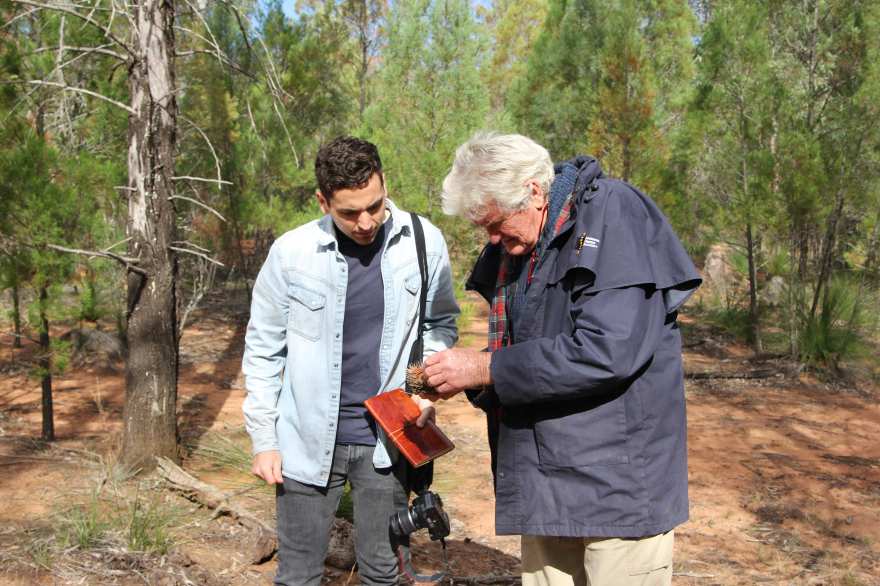
Looking back at the founding moments of our relationship, they were life defining. The yarns, lessons, and wisdoms that were shared has sculpted my trajectory, and others; to connect to culture, to listen to Country, celebrate and respect it, and touch it lightly. These lessons have enforced not only my identity as an Aboriginal man, but my familial identity. As my siblings and I have been inspired by guri and wayibala professionals alike, we have shared this knowledge with each other; our family is remembering. Our consciousness has been awoken and this will radiate to our networks and generations to follow.
Rick and I have maintained a friendship in the six years since I completed my architecture degree. I will call him for a yarn, ask for advice, share newfound knowledge; we’ve also collaborated on projects that focus on Aboriginal narratives. These projects have provided opportunity for Rick and I to work collaboratively within the realm of Indigenous thinking and architecture, the career trajectory he helped inspire. These projects include, Eucalyptusdom at the Powerhouse Museum Ultimo with the Museum of Applied Arts and Sciences; Dhuwarr: a celebration of Gomeroi grasses, grains and placemaking, with collaborator Dr Michael Mossman, Kuku Yalanji.
These relationships between First Nations peoples, architects, and allied practitioners will promote the sharing of cultural knowledge and will reflect to a future that is better for generations to follow. My realisation is that the process of engaging with Aboriginal communities and peoples through consultation and co-design is equally important, or more-so than the tangible outcome of a building.
Rick’s contribution as a tutor and mentor in my formative architectural education years has imbued my own connectedness to processes that design with Country.
To all academics and tutors participating in this space. Richard Leplastrier and his stories of Uncle provided a framework to teach architecture as a vessel that shares songlines, stories, cultural lessons and knowledge systems. This resulted in a student cohort who became more culturally competent and aware of the complexities between built and natural environment. You never know as the next First Nations student might be in your class waiting for their consciousness to be awoken.
Wanyimbuwanyimbu ganyila, wanyimbuwanyimbu ganyiy nyiirunba barray.
Always was, always will be our Country.
Jack Gillmer BArch MArch is a graduate of architecture at SJB. Jack is a descendent of the Worimi & Biripai Nations. Country (barray – in Gathang) is the forefront of his architectural narrative, exploring the tangible and intangible, negotiating a multi-sensory outcome and narratives that deliver projects of place, rejuvenating the senses and latent knowledges of Country. His cultural instinct is to co-design with First Nations community groups and peoples, and recognises the sharing of knowledge and these processes are critical to a successful and well-placed project. He has worked on various multi-unit residential, mixed-use, commercial, exhibition, and master planning projects.
